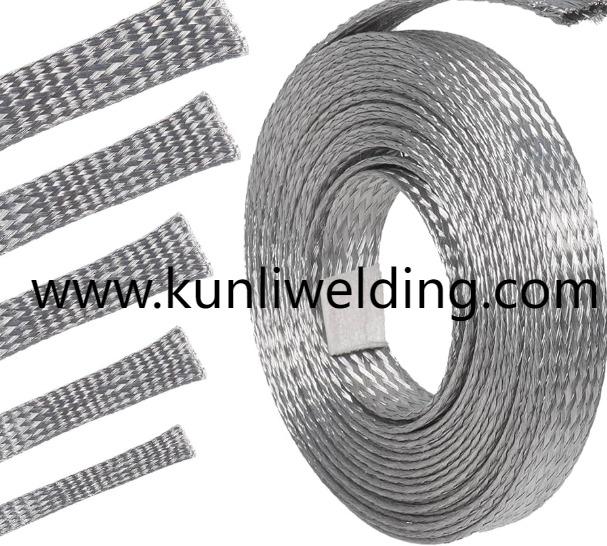How Does Supplier Traceability Affect Aluminum Tig Wire Procurement Decisions

In a market where material choice intersects with fabrication demands and sustainability conversations, finding the right partner can change project outcomes. For welders and specification teams searching for consistent performance, Aluminum Tig Wire Suppliers are a practical starting point when sourcing filler materials for specialized aluminum alloys. Selecting a supplier who offers clear product information and application support reduces uncertainty during qualification and production.
The search begins with clarity about the alloys you intend to join and the process variables you will control. TIG welding of aluminum requires a filler wire that responds predictably to heat input and arc behavior. Working with a supplier that publishes product guidance and compatibility notes streamlines trial welding and helps shops maintain production rhythms. Many manufacturers now include plain language guidance and product pages that outline suitable applications and handling suggestions; this makes it easier to match wire chemistry to base metal families and joint designs.
Supply chain and market conversations are shaping procurement strategies. Fabricators are balancing shorter lead times and tighter inventory with pressures to reduce rework and environmental footprint. These forces make supplier responsiveness a priority. A supplier who can provide clear product data, delivery options, and technical response reduces the number of variables that teams must manage during pilot runs and ramp up. Sourcing channels that include direct manufacturer contact points often shorten the feedback loop for technical clarifications and traceability.
Practical evaluation steps help procurement and welding engineers separate marketing claims from real fit. Begin with a small qualification batch and use straightforward acceptance checks focused on visual weld quality and mechanical integrity. Ask potential vendors for guidance on storage and handling to avoid contamination and to support consistent arc starts. Manufacturers that address storage and spool care reduce the likelihood of porosity and surface inclusion issues in production runs. These operational details can have outsized effects on downstream assembly tolerance and finish.
Technical partnership matters when assemblies face specialized service conditions. Whether the welded parts will operate in corrosive atmospheres, under cyclic loading, or within weight sensitive systems, the filler chemistry and the supplier support model both matter. Vendors that couple product data with application notes and clear contact routes for problem solving help project teams move faster from prototype to production. Regional presence or accessible correspondence channels can be decisive when tight turnarounds are needed or when site visits are appropriate.
Practical tips for working with a new supplier reduce delays during initial adoption. Establish a short qualification matrix that includes joint fit up, shielding recommendations, and a few representative weld coupons. Verify packaging and spool preparation procedures for cleanliness. Confirm the supplier can provide certificates or documented dimensions if your acceptance process requires them. These steps keep early trials focused and make it easier to evaluate whether a wire will meet the demands of repeated assemblies.
Marketing language and technical sheets sometimes obscure common sense concerns. When a supplier site presents product categories, images and basic application descriptions, lean on those materials but also request additional clarifications as needed. A product page that outlines application fields and handling suggestions supports faster selection and fewer surprises during weld trials. The presence of contact information and channels for follow up indicates a supplier willing to engage on application issues and technical back and forth.
For safety and compliance minded teams, check that packaging and labeling align with your quality management expectations. Ask whether the supplier maintains traceability practices and whether product documentation can be provided in the format your auditors require. These administrative details can be handled early in procurement and prevent hold ups later in series production.
Finding a supplier is not only about a single purchase. Think of the relationship as part of an ecosystem that includes availability, technical responsiveness, and clear documentation. If your program needs wires for routine TIG operations across several alloy systems, choose a partner that publishes clear product pages and is accessible for follow up. To review a range of aluminum alloy welding wire options and contact a supplier directly, see the product listing at https://psce.pw/8da3w4 .
- Art
- Causes
- Crafts
- Dance
- Drinks
- Film
- Fitness
- Food
- Giochi
- Gardening
- Health
- Home
- Literature
- Music
- Networking
- Altre informazioni
- Party
- Religion
- Shopping
- Sports
- Theater
- Wellness


